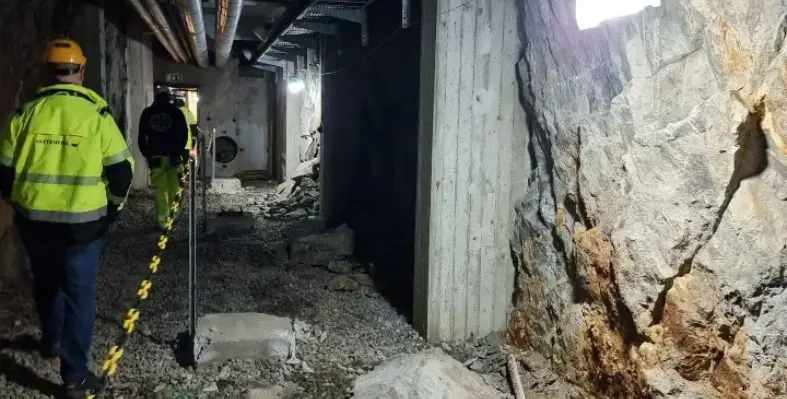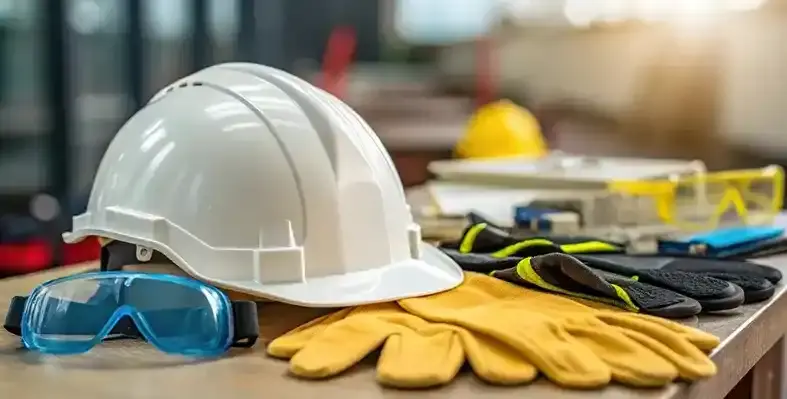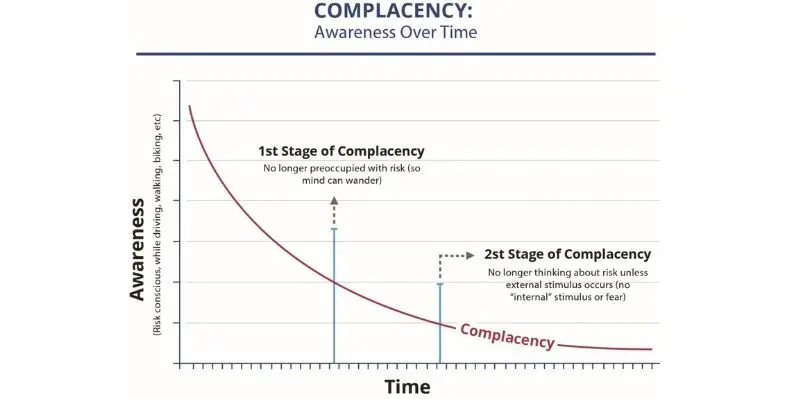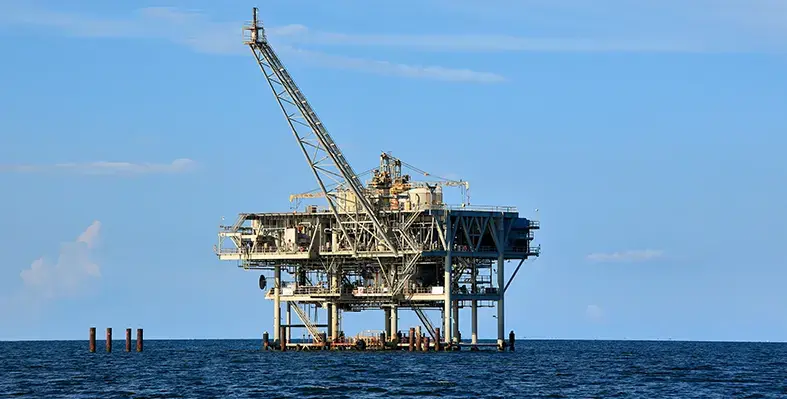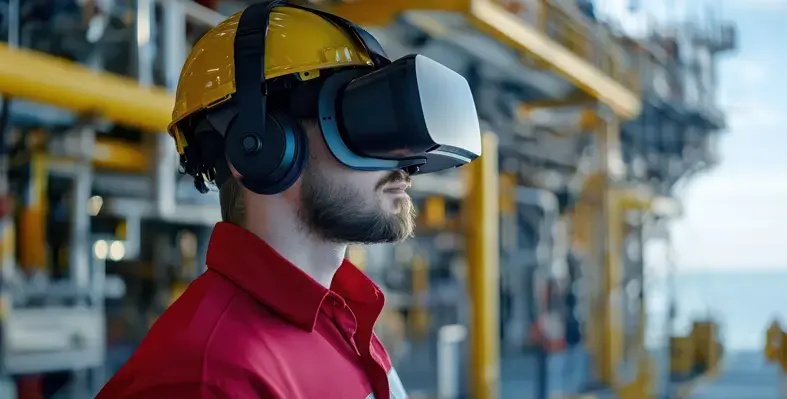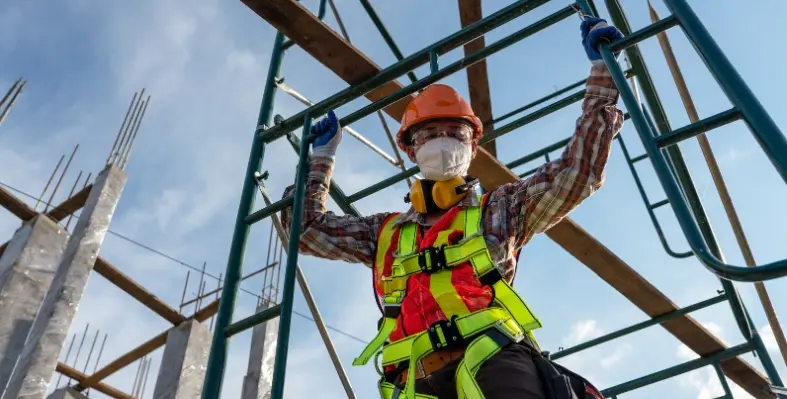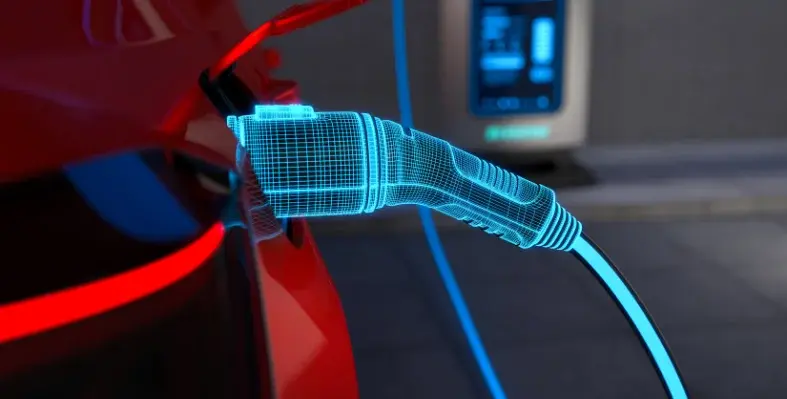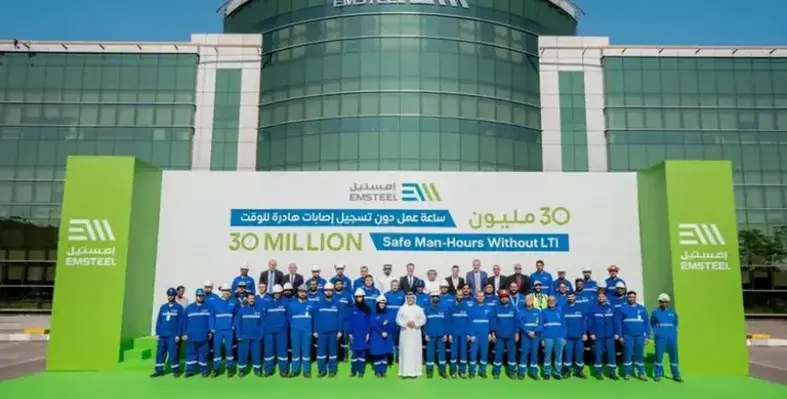In our increasingly complex workplaces around the globe, the integration of artificial intelligence (AI) is proving to be a valuable ally in enhancing occupational health and safety (OHS).
Here are five ways AI is helping to protect workers and promote safer working environments:
Predictive analytics to anticipate hazards
Rather than simply reacting to accidents after they happen, AI systems can analyse vast datasets (such as incident logs, maintenance records or environmental readings) to identify patterns and predict potential risks. Research indicates that AI-driven technologies offer “predictive insights” which enable organisations to move from reactive to proactive safety strategies. For instance, in high-risk sectors such as construction or manufacturing, AI models may highlight equipment likely to fail or tasks that are statistically more accident-prone.
Real-time monitoring & computer vision for unsafe behaviour
AI-powered computer vision systems, often combined with wearable sensors or CCTV, can monitor workspaces for unsafe acts or conditions. As an example, some systems detect when a worker enters a restricted zone without appropriate personal protective equipment (PPE), or when machinery guards are missing. This enables rapid alerts so corrective action can be taken immediately, thereby reducing the window for harm. It also supports continuous, rather than intermittent, oversight of safety compliance.
Smart wearables and environmental sensors
AI is increasingly embedded in wearable devices and ambient sensors to monitor worker health and environmental conditions in real time. These might include monitoring of air quality (toxins, dust), temperature, humidity, or even biometrics of the worker (such as fatigue indicators). A recent review noted that “smart wearable devices … provide real-time risk detection or environmental sensors that track air quality”. In doing so, organisations can protect workers from exposure to harmful agents, heat stress, or other ergonomic and environmental hazards.
Automation and robotics to take humans out of harm’s way
One of the most direct applications of AI for OHS is the deployment of robots or automated systems to handle the “dirty, dangerous and demeaning” tasks thereby reducing human exposure to hazardous environments. For example, robots might handle heavy materials, work in extreme temperatures, or enter environments with toxic exposures. By combining robotics with AI control, organisations can reduce worker injuries while improving operational efficiency.
Enhanced training, risk communication and decision support
AI is also aiding the human side of safety. AI-driven systems can analyse inspection reports, maintenance logs and safety-audit data to flag systemic issues or emergent risks through natural language processing (NLP). Moreover, virtual reality (VR) or augmented reality (AR) training modules powered by AI can sensitise workers to hazards in immersive ways, improving their hazard recognition and safety behaviour. Effective risk communication, backed by AI analytics, helps safety professionals prioritise interventions and resources more efficiently.
Globally, AI is reshaping the landscape of occupational health and safety by making it more proactive, data-driven, and responsive. As noted by the International Labour Organization (ILO), it is not simply about new tools but about transforming how risks are identified, prevented and managed across industries.
That said, the empirical research base remains relatively modest and further study is needed to fully realise and validate these benefits. Organisations adopting AI in OHS must attend carefully to issues such as data quality, worker privacy, algorithmic bias, and the safe integration of automation into human workflows.







